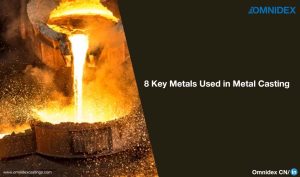
We are always ready to help with your latest project.
Contact our Customer Service and let us know how we can help to catapult your next project to success.
Sheet metal brackets come in a variety of styles and shapes. It is important to note that each sheet metal bracket-style has its own specific application when mounting a component or adapting to a specific surface shape. With Omnidex’s commitment to meeting your deadlines, we can manufacture just about any type of bracket for your project (so long as it fits within our tooling requirements), regardless of whether it is part of a custom enclosure design or stands alone.
Here are two quick tips before diving into the different bracket styles.
Firstly, our engineering design team uses CAD software, to design, quote and order parts, including brackets, that are capable of being manufactured. When you need to design brackets quickly, CAD software lets you pick the style, dimensions, material, and finish them quickly by adding cutouts and fasteners.
Secondly, keep in mind that not all brackets must be designed for 90 degrees. We can bend your brackets to within +/-1° of the desired angle so that your components are securely attached if you have parts or components at different angles.
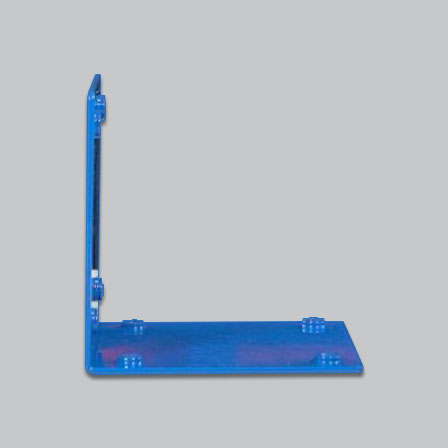
The L-Bracket is commonly used to mount a vertical surface to a horizontal component. Additionally, L-Brackets are also useful for installing shelves in electronic enclosures.
If you are designing L-brackets, make sure you consider their material and thickness to make sure that they are strong enough to support whatever it is you are mounting without deflection or deformation.
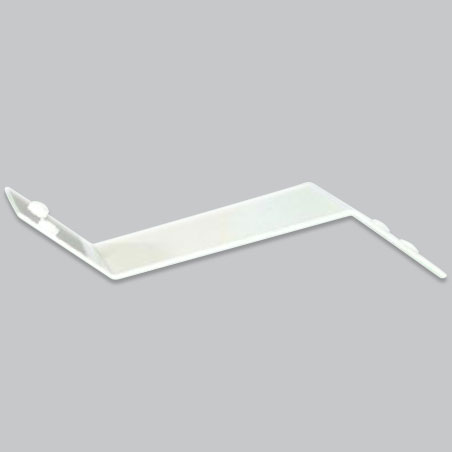
Z-shaped bends are formed by bending them twice. Such bends are used for mounting off-center parallel surfaces. When you need to secure components at different elevations within your enclosure, Z brackets can be useful.
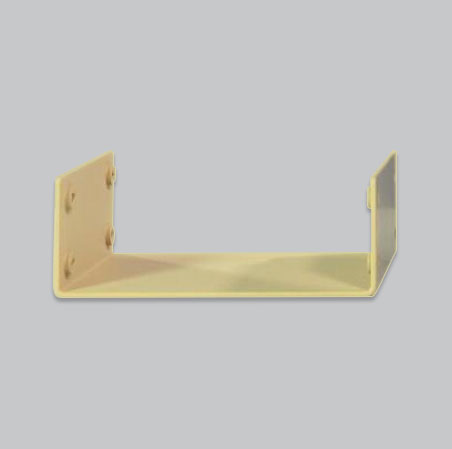
The U-shaped design is easily recognisable. This profile is useful for attaching parallel surfaces together. Because of its ability to hug both sides, the space between two flanges is often used to retain components. Computer hard drives and power supplies are often installed with U-brackets.
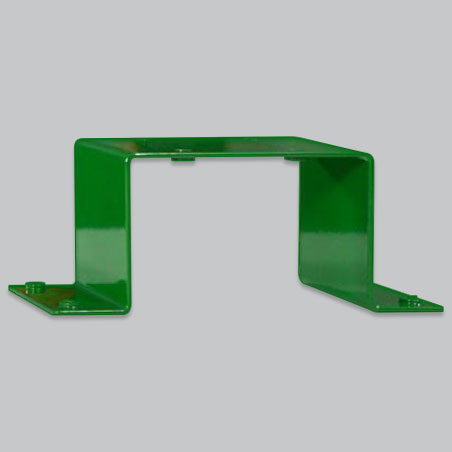
This type of bracket mounts parallel surfaces in a similar manner to a Z-bracket. The offset bracket is also commonly used in conjunction with U brackets to contain components. Bottom flanges are typically mounted inside enclosures, while part components or parts are mounted to the raised surface.
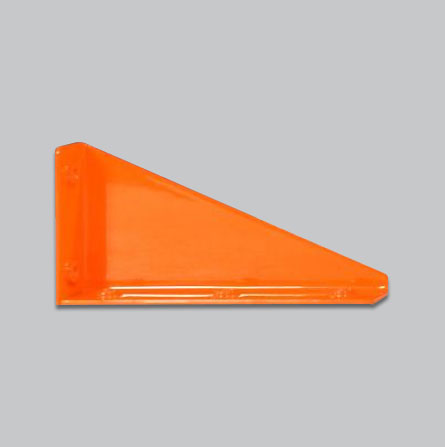
Gusset brackets have a triangular profile. Your design will be rigid when these brackets are used to connect adjacent surfaces. In general, gusset brackets are welded into an assembly to add extra support. Their name comes from a “gusset”, a piece of fabric that is sewn into a garment enlarge and stiffen it.
The seams of the brackets can also be welded to provide extra strength, and the brackets can be custom made to fit your application.
For custom brackets, we highly recommend Protocase Designer, as it provides the fastest and easiest way for you to design, quote, and order the parts you need.
Are you interested in discussing a design you’re working on? Contact us for more information. Please contact our team if you require a bracket design not listed in this guide. We can design any custom bracket design that fits within our tooling constraints.
Our company assists our customers in dealing with technical issues, metal casting processes, metallurgy, and supply chain optimization. In many cases, we are entrusted with the responsibility of quality control, budget control, and even stock holding of cast components.
Whether your castings are produced in one of our foundries or in one of our offshore partners, we support your project from the initial design phase through testing and quality assurance at our facilities in China and/or Vietnam.
Omnidex is a World-Class Manufacturing and Engineering company that produces high quality, porosity-free casting products which are trusted by companies across different industries. Throughout the whole process, from product development to delivery, we strive to provide you with unwavering support. Providing you with unmatched diverse capabilities and experience, we help you overcome any obstacle.
metal casting supplies | Metal Casting Services | Industrial Manufacturing Services

Metal casting is a highly versatile method for manufacturing complex geometries and high-performance components. You can determine the quality and durability of your metal cast component by choosing the right metal for your component. Read on to find out which metal is the best for your manufacturing requirements and learn more about the most commonly used metals for metal casting.
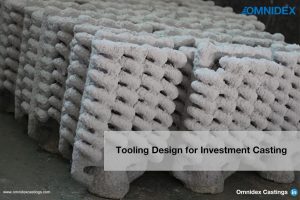
When it comes to metalcasting and CNC machining, tooling refers to reusable items that are utilised for each job. Wax-injection dies are used as tooling to create wax patterns in investment casting. If you know how investment casting works, you already know that the investment casting process relies on these wax patterns. Wax has smooth surfaces, low melting temperatures, and excellent flow properties enabling highly complex investment castings to be made.
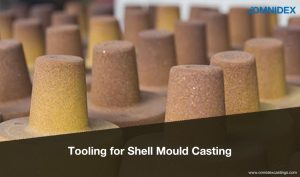
Tooling for metal casting processes varies. From sand castings with individual moulds and cores to shell moulds with a variety of pattern plates, core boxes, cavities, ejection systems, and gates. When all of these components come together, the shell mould casting process allows the foundry to precisely produce the required dimensions, whether it’s doing a run of 100 or 100,000 parts. There are a variety of metal forming techniques that can be used to create the mould tooling for shell mould casting, and the best process is determined by the conditions of the foundry.
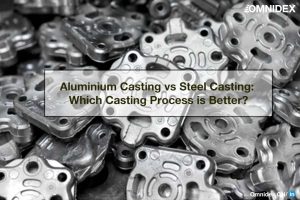
There are a variety of materials that can be used for casting, with steel and aluminium being two of the most popular. Their strength, durability, and aesthetic appeal make them ideal for casting. Manufacturers rely on the properties of these two materials to produce the products they need.They both have advantages and disadvantages. Despite this, manufacturers still prefer them because of their good properties. It is helpful to compare them to find out which is a better alternative…
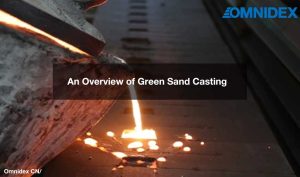
Casting metals in foundries as a mold is done with green sand, a material that is a compound mixture of sand and cement. It is known as ‘green’ not by its colour, but rather because the metal is not ‘set’ when it is poured into it; rather…
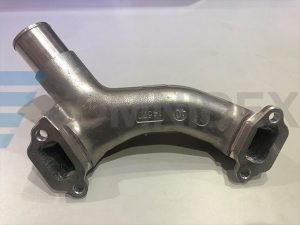
OMNIDEX aluminum manifolds provide a convenient junction point for the distribution of fluids or gases. Visit here to find out more about how OMNIDEX can make high quality and defect free aluminum manifolds using gravity casting. Contact us for custom manifolds.
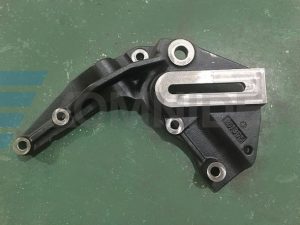
OMNIDEX’s professional manufacturing team carefully controls and produces our custom sand cast brackets during the sand casting process to reduce shrinkage porosity and other issues for our customers, which further ensures the best quality.
Contact our Customer Service and let us know how we can help to catapult your next project to success.
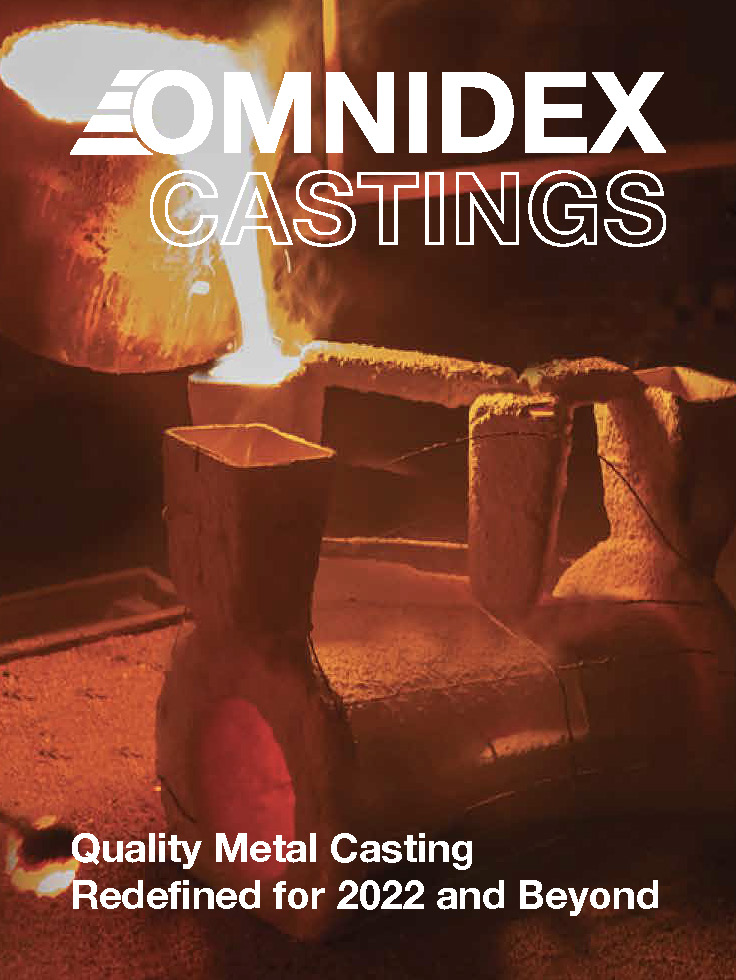
If you are looking for metal casting services, our brochure is a great way to discover what Omnidex has to offer. You can download HERE or EXPLORE HERE to learn more.

Copyright © 2022 Omnidex Group. All rights reserved.
This website uses cookies so that we can provide you with the best user experience possible. Cookie information is stored in your browser and performs functions such as recognising you when you return to our website and helping our team to understand which sections of the website you find most interesting and useful.
Strictly Necessary Cookie should be enabled at all times so that we can save your preferences for cookie settings.
If you disable this cookie, we will not be able to save your preferences. This means that every time you visit this website you will need to enable or disable cookies again.